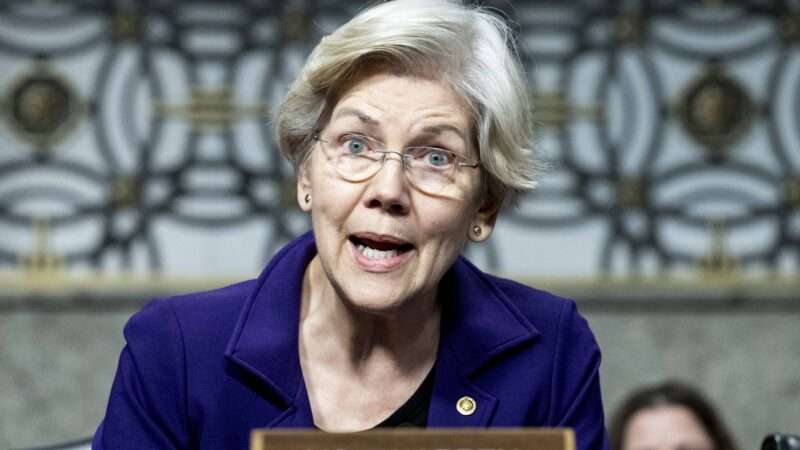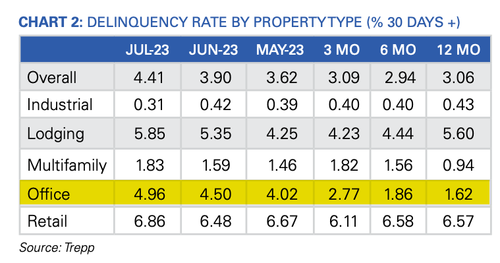A few years ago, I visited a hospital in a remote area not far from Amarkantak, where the source of the river Narmada is to be found. The hospital was established by and is staffed with doctors from Delhi’s All India Institute of Medical Sciences. Leprosy was one of the common diseases they treated. I was surprised because I had heard that leprosy was eradicated in India. When I asked one of the doctors about this, he said, “Yes, it has been cured but malnutrition is still rampant here. It leads to leprosy and no one seems interested in counting the sufferers so nothing is done about them.”

Tuberculosis, or TB, is another once common infectious disease that can be cured by drugs if they are given under proper supervision. I have just read about two integrated pieces of research into TB. The first was conducted on TB patients in 28 public clinics in Jharkhand; 2,800 patients were by treated by supplementing their food. In the second, the food of half of these families, randomly selected, was also supplemented. The first found that patients provided with supplementary food weighed 5% heavier and the risk of their dying declined by as much as 60%. The second showed that the members of families with TB who were served with supplemented food were 50% less likely to become infected with TB.
This research was led by scientists in a medical school affiliated with a university founded by the Islamic Academy of Education. Fortunately, in this case, at least, the institution was not deemed as offensive to Hindus.
I was particularly fascinated by the simplicity of this work. It relies on counting, using simple arithmetic, adding and subtracting. This is the basis of economics too, and India’s search for an inclusive economy that benefits everyone, including the less and the least prosperous. Obviously, it is essential to have the figures to count before deciding how to allocate the resources, but the Indian government does not seem to be too keen on counting.
The big count is the Census. It shows how many Indians can read and write, how many have passed their 10th and 12th school grades, how many have left their villages to fight for a place in India’s crowded cities and towns, and the number of babies born and their sexes. It should provide an answer to the much-debated question of how many Indians there are. Religion is also included in this count. For some Hindu groups, the number of Muslims in India, and whether they are increasing or not, also appear to be matters of great interest.
The Census was instituted in 1872 and the decennial census of 2021 was the first and, so far, the only one to be postponed. The government first delayed it in 2020, blaming it on the outbreak of the Covid pandemic. Now the government says the deadline for freezing administrative boundaries has been further postponed until 2024, which has to be completed before the census starts. So, there will be no up-to-date census findings to provide new issues in next year’s general elections.
The government has rejected outright another demand by the Opposition, for the counting of India’s castes. The government has said that counting castes would be “administratively difficult and cumbersome” and “could endanger” the census exercise itself.
The last Congress-dominated government did conduct a caste census. The results were handed to the ministry of social justice and empowerment. They dealt with this in a typical bureaucratic way by handing it to a special committee to classify and categorise. Nothing appears to have been heard of it since.
Ancient Indian mathematicians made seminal contributions to maths, including counting using the decimal system which was first seen here. Maybe modern India should pay greater respect to its mathematician forefathers.
The views expressed are personal
















